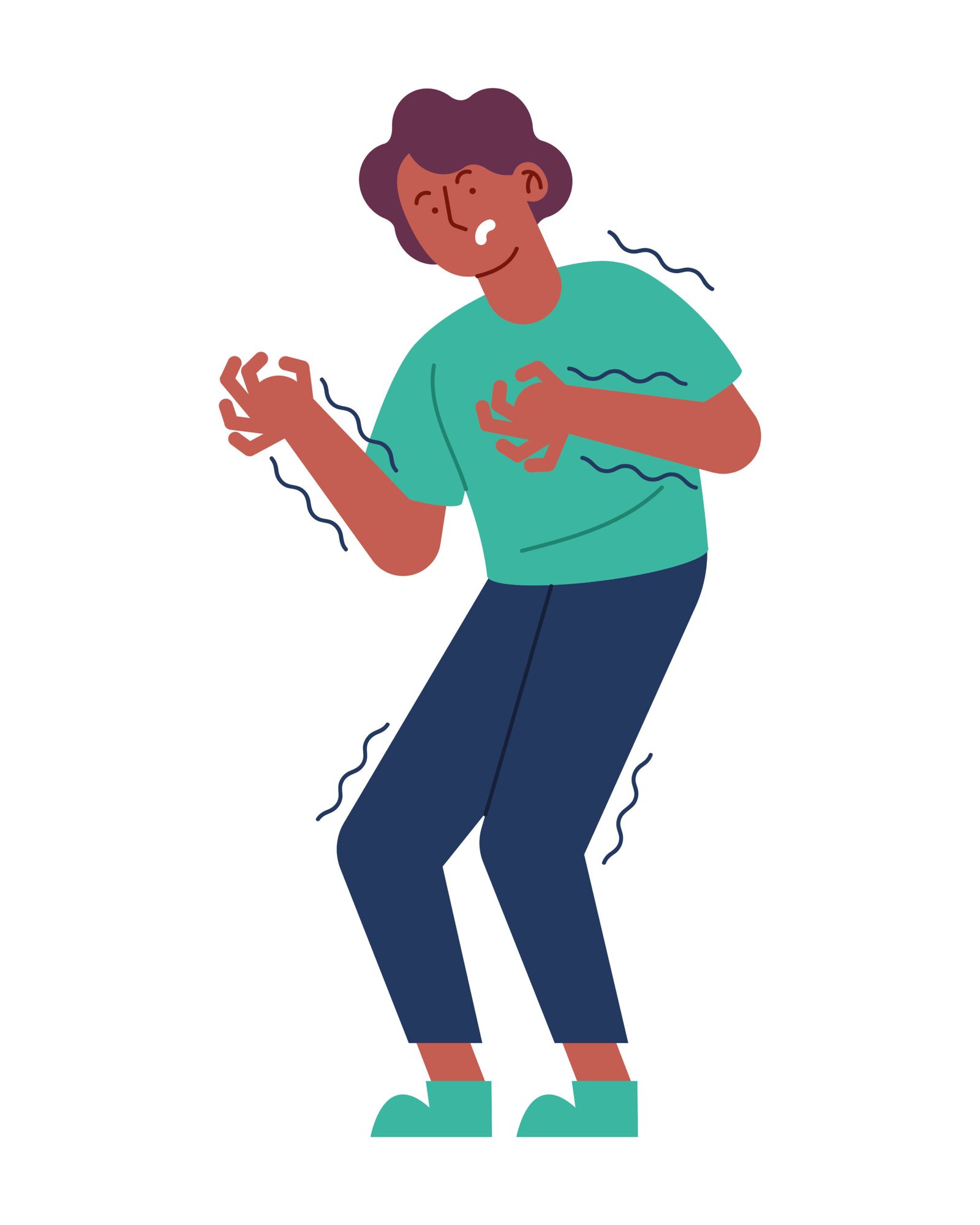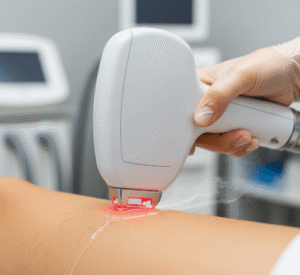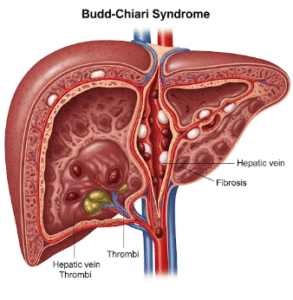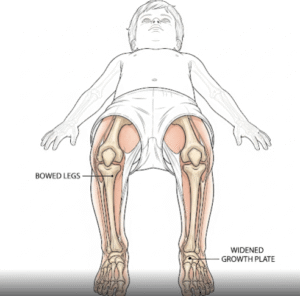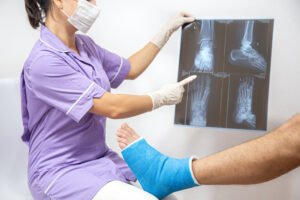Overview
Electric shocks and burns are injuries caused by exposure to electricity or heat, which can damage the skin, muscles, nerves, and internal organs. Severity ranges from minor superficial burns to life-threatening injuries involving cardiac arrest or organ damage. In South Korea, these injuries can occur at home, workplaces, or industrial sites. Hospitals in Korea provide advanced emergency care, burn units, and rehabilitation services to manage such injuries effectively.
What are Electric Shocks and Burns?
- Electric Shock: Results when electrical current passes through the body, disrupting normal nerve and muscle function. Severe shocks can affect the heart, lungs, and nervous system.
- Electrical Burns: Occur from direct contact with electricity or from heat generated by electrical arcs. These burns may appear superficial or involve deep tissue, sometimes with minimal skin signs but significant internal damage.
Electrical injuries can happen due to faulty appliances, industrial equipment, lightning strikes, or accidental contact with live wires.
Symptoms
- Tingling or numbness at the contact point
- Pain, swelling, or visible burns
- Muscle spasms or weakness
- Chest pain or irregular heartbeat
- Difficulty breathing or unconsciousness in severe cases
- Neurological effects such as confusion or seizures
- Internal injuries without obvious external burns
Causes
- Contact with exposed wires or malfunctioning electrical devices
- Lightning strikes
- Industrial or construction equipment accidents
- Household outlets or appliances (especially in children)
- Improper handling or lack of safety measures
Risk Factors
- Occupational exposure in construction, electrical maintenance, or factories
- Wet or damp conditions increasing electrical conductivity
- Children and elderly due to curiosity or frailty
- Lack of protective equipment for workers
- Poorly installed or maintained electrical systems
Complications
- Cardiac arrhythmias or cardiac arrest
- Respiratory failure
- Muscle and nerve damage
- Severe burns leading to infections or sepsis
- Kidney failure due to muscle breakdown (rhabdomyolysis)
- Long-term neurological or functional impairments
Prevention
- Avoid touching exposed wires or faulty appliances
- Use protective equipment when working with electricity
- Keep electrical devices away from water
- Educate children on electrical safety
- Regular maintenance of home and industrial electrical systems
- Follow workplace safety protocols
Treatment Options in Korea
South Korea provides comprehensive care for electrical injuries through emergency services, burn units, and rehabilitation centers.
- Emergency Care
- Immediate CPR and stabilization for cardiac or respiratory compromise
- Fluid resuscitation to prevent shock
- Pain management and wound care
- Burn Management
- Topical antimicrobial dressings for minor burns
- Surgical interventions such as debridement or skin grafts for severe burns
- Intensive care for major burns
- Cardiac and Neurological Monitoring
- ECG and cardiac monitoring for arrhythmias
- Neurological assessment for nerve or brain injury
- Rehabilitation
- Physical and occupational therapy to restore function
- Scar management and reconstructive surgery if needed
- Psychological support for trauma-related anxiety or stress

